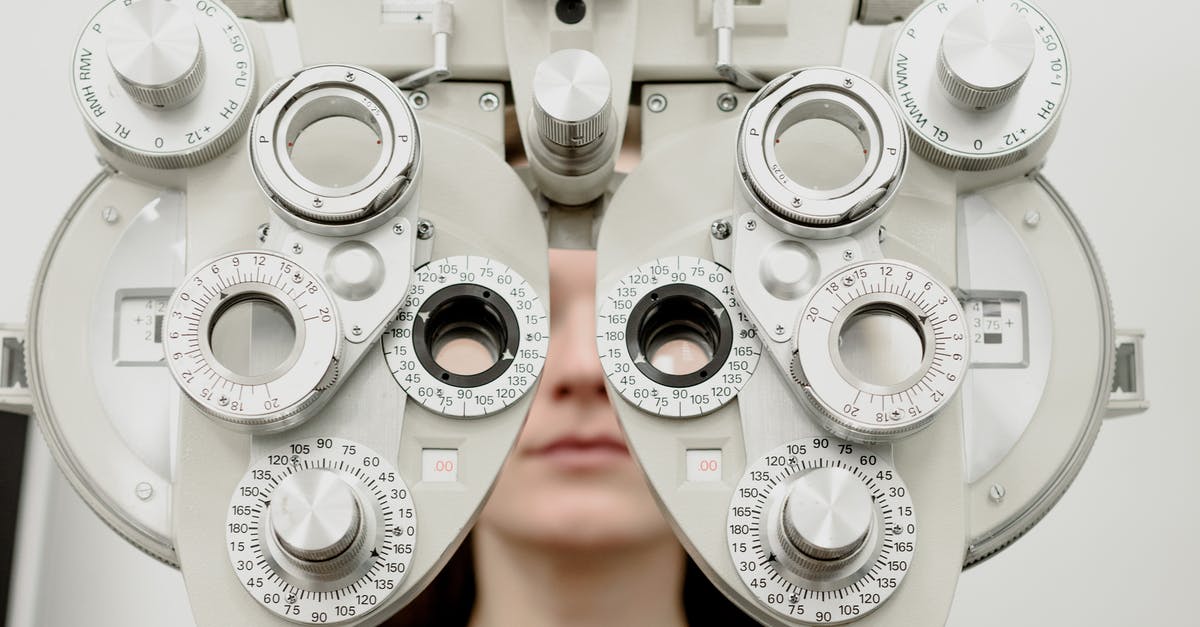Why does chilled equipment help when whipping cream?

Why a does chilled mixer bowl help when making whipped cream? Does it have any effect on how long the cream stays whipped?
Best Answer
Basically, cream whips better when it's cold. If cream were stored warm, the advice would be to cool the cream. Since it's already cold, the advice is to cool the equipment (as warm equipment will increase the temp of the cream).
Mild science: the temperature effects the size of the bubbles that form, how fat clings to itself, whipping time, and overrun (air cell structure / air phase volume). In other words how light and fluffy it will get and how long it is likely to stay that way.
Warning, heavy science from Influence of whipping temperature on the whipping properties and rheological characteristics of whipped cream:
The effects of whipping temperature (5 to 15°C) on the whipping (whipping time and overrun) and rheological properties of whipped cream were studied. Fat globule aggregation (aggregation ratio of fat globules and serum viscosity) and air bubble factors (overrun, diameter, and surface area) were measured to investigate the mechanism of whipping. Whipping time, overrun, and bubble diameters decreased with increasing temperature, with the exception of bubble size at 15°C. The aggregation ratio of fat globules tended to increase with increasing temperature. Changes in hardness and bubble size during storage were relatively small at higher temperatures (12.5 and 15°C). Changes in overrun during storage were relatively small in the middle temperature range (7.5 to 12.5°C). From the results, the temperature range of 7.5 to 12.5°C is recommended for making whipped creams with a good texture, and a specific temperature should be decided when taking into account the preferred overrun. The correlation between the whipped cream strain hardness and serum viscosity was high (R2=0.906) and persisted throughout the temperature range tested (5 to 15°C). A similar result was obtained at a different whipping speed (140rpm). The multiple regression analysis in the range of 5 to 12.5°C indicated a high correlation (R2=0.946) in which a dependent variable was the storage modulus of whipped cream and independent variables were bubble surface area and serum viscosity. Therefore, fat aggregation and air bubble properties are important factors in the development of cream hardness. The results of this study suggest that whipping temperature influences fat globule aggregation and the properties of air bubbles in whipped cream, which alters its rheological properties.
Pictures about "Why does chilled equipment help when whipping cream?"



Why is chilled cream used for whipping?
While baking, it's often best to begin with room temperature ingredients (If you've ever tried to beat together cold, hard butter with sugar, you know why). But in the case of whipped cream, it's preferable to start with chilled dairy because the fat globules emulsify faster and stay emulsified longer when cold.Should you chill the bowl before making whipped cream?
Start chilled. The whipped cream will whip up faster if your bowl and beaters are chilled as well.What increases the stability of whipped cream?
What you need here is a stabilizer. Traditionally, what works best with whipped cream is gelatin. Let's say you are whipping 2 cups of cream. If you have a mass-market powdered, unflavored gelatin, you're looking to soak 1 teaspoon of gelatin in 2 tablespoons of water for 5 minutes.Does temperature affect whipping cream?
Whipping time, overrun, and bubble diameters decreased with increasing temperature, with the exception of bubble size at 15 degrees C. The aggregation ratio of fat globules tended to increase with increasing temperature.How to Prevent Whipped Cream from Deflating- Kitchen Conundrums with Thomas Joseph
Sources: Stack Exchange - This article follows the attribution requirements of Stack Exchange and is licensed under CC BY-SA 3.0.
Images: Karolina Grabowska, Karolina Grabowska, Ksenia Chernaya, Karolina Grabowska
